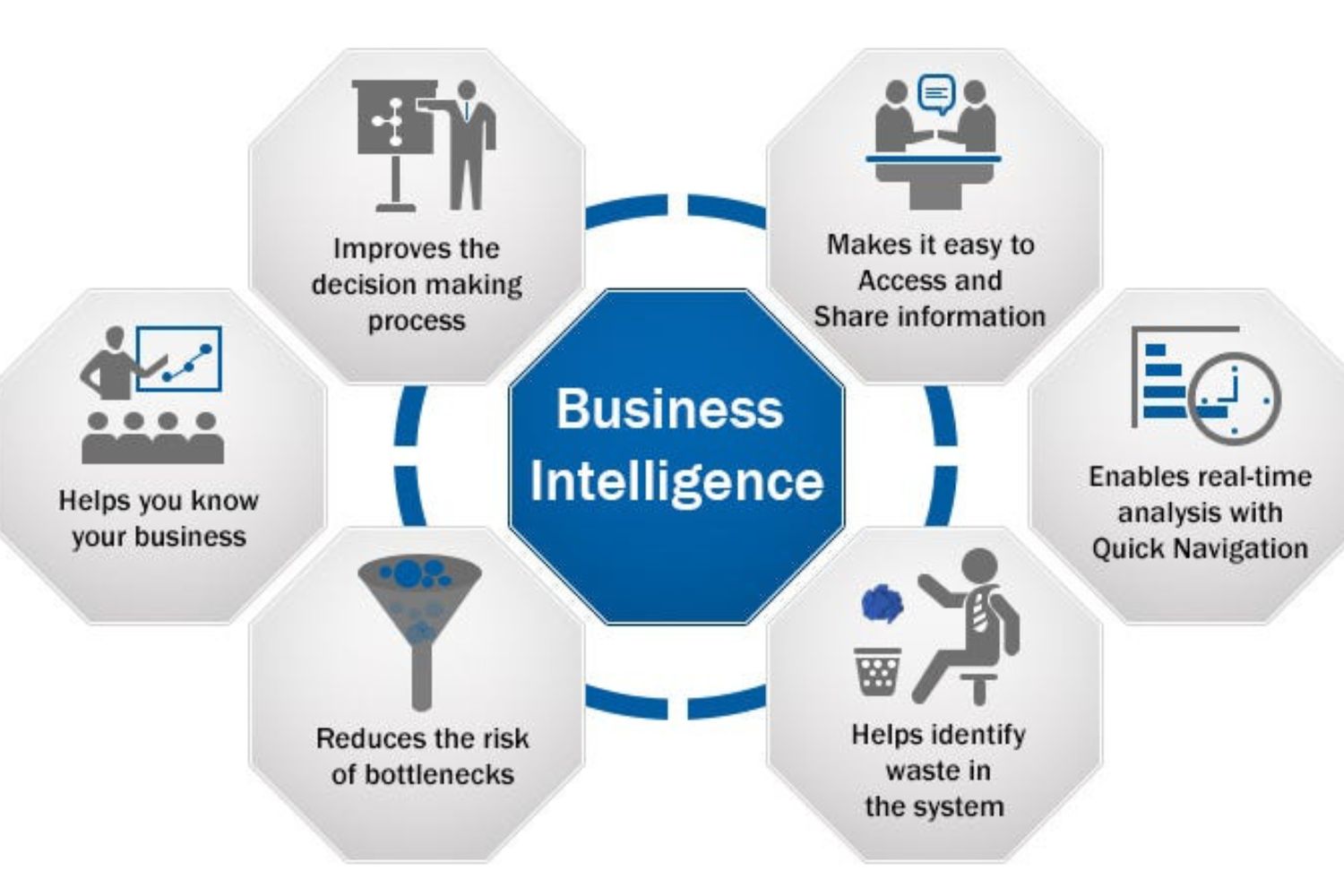
BUSINESS INTELLIGENCE
Introduction to Business Intelligence:
Business intelligence (BI) is all about turning raw data into meaningful insights that businesses can use to make better decisions. Think of it as the process of collecting, analyzing, and presenting data in a way that helps companies understand what’s going on in their operations. Whether it’s understanding customer behavior, tracking sales trends, or monitoring expenses, BI is like a toolbox that businesses use to gain valuable insights into their performance.
Data Collection: The first step in BI is gathering data from various sources within the business, such as sales records, customer databases, and financial reports. This data can come in different forms, including numbers, text, and even images. The goal is to gather as much relevant information as possible to get a complete picture of what’s happening in the business.
Data Analysis: Once the data is collected, it’s time to analyze it to uncover patterns, trends, and insights. This often involves using specialized software to crunch the numbers and visualize the data in easy-to-understand charts and graphs. By analyzing the data, businesses can identify areas of strength and weakness, spot opportunities for growth, and make more informed decisions about where to focus their efforts.
Reporting and Dashboards: After analyzing the data, the next step is to present it in a way that’s easy to understand and use. This typically involves creating reports and dashboards that summarize key metrics and highlight important trends. Reports might include things like sales figures, customer demographics, or inventory levels, while dashboards provide a real-time snapshot of the business’s performance.
.
Decision Making: Armed with the insights provided by BI, businesses can make more informed decisions about everything from marketing strategies to product development. For example, if BI analysis reveals that a certain demographic is buying more of a particular product, a business might decide to target their marketing efforts towards that group. Similarly, if BI uncovers inefficiencies in the supply chain, a business might take steps to streamline their operations and reduce costs
Continuous Improvement: Finally, BI is not a one-time process but rather a continuous cycle of data collection, analysis, and decision-making. As businesses grow and evolve, so too does their need for timely, accurate insights. By continually refining their BI processes and leveraging new technologies, businesses can stay agile and responsive in a rapidly changing marketplace.
In essence, business intelligence is like having a compass for navigating the complexities of modern business, helping companies steer towards success by making data-driven decisions.


